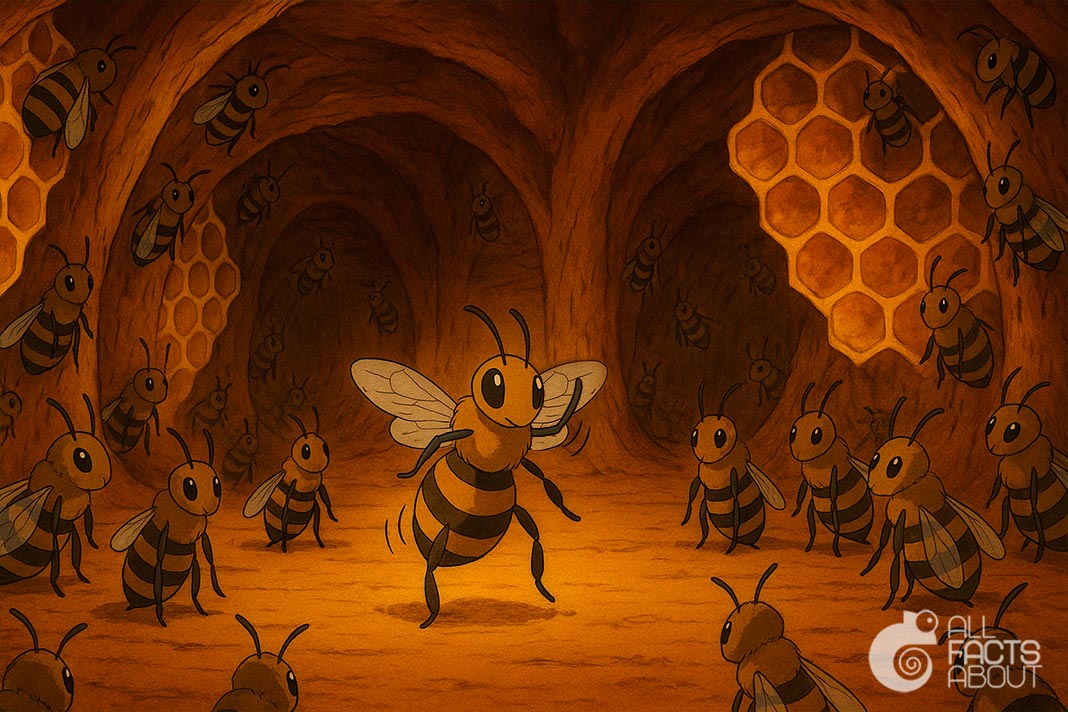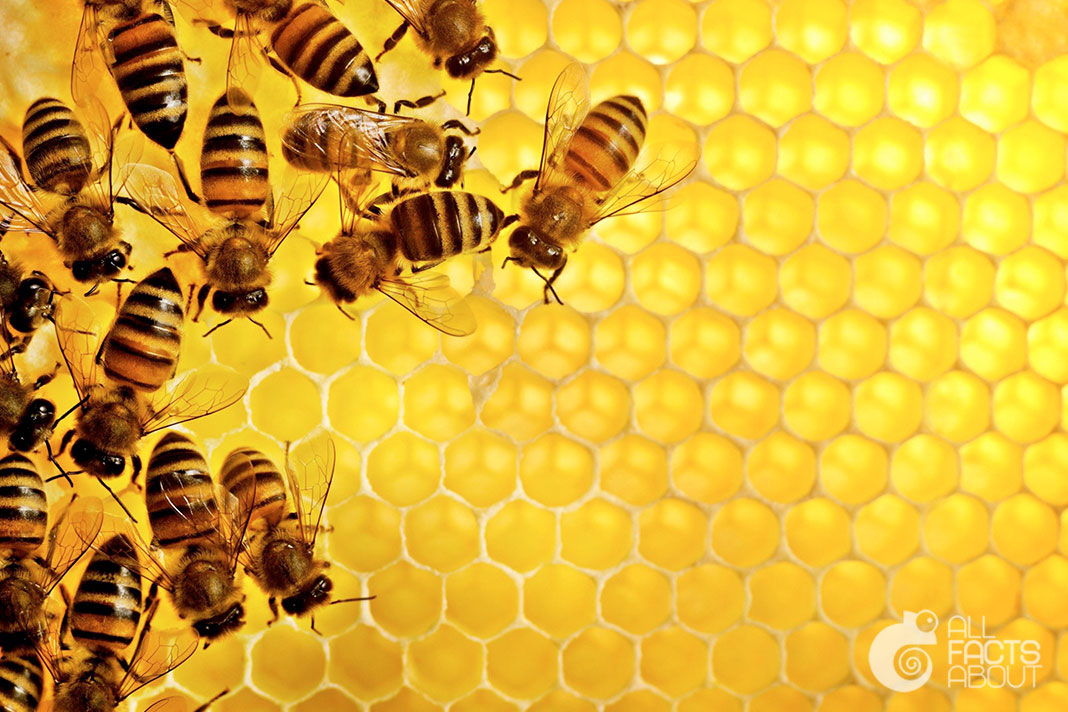We often do not pay attention to the world around us. Our fauna and flora are so diverse that so many interesting things are missed. Bees are the most hardworking insects in the world. Besides, if it weren’t for the bees, we would have no idea about such a healthy and tasty treat as honey.
1. There are over 20,000 bee species worldwide, with more than 15,000 well documented. They live on every continent except Antarctica and play a key role in pollination.
2. Honey bees are the only insects that produce food humans eat — honey. People have harvested it for over 8,000 years for its taste, nutrition, and medicinal properties.
3. Have you ever wondered why bees buzz? The answer is simple enough – bees beat their wings very quickly, up to two hundred times per second, which is creates vibrations in the air that the human ear detects as buzzing.
4. In search of food, bees can fly from their hive up to a distance of 5 miles, however, an average distance would be less than a mile from the hive.
5. Bees communicate through a special dance called the "waggle dance." When a bee finds food, it returns to the hive and makes unique movements to show the others where the food is and how far it is, helping the whole hive find it more easily.

Bees use the waggle dance to show hive mates the location and distance of food.
7. The average worker bee lives only five to six weeks during the busy summer months. In that short time, she visits up to 2,500 flowers and produces just 1/12 of a teaspoon of honey in her lifetime.
8. The body of a bee is covered in tiny hairs that help collect pollen as they move from flower to flower. This pollen not only feeds the hive but also plays a crucial role in pollination, supporting plant growth and biodiversity around the world.
9. There can be up to 80,000 individuals in a colony of bees and only a single queen controls them.
10. Even huge animals like elephants avoid angry bees—their stings can be painful and dangerous, especially when they attack in swarms. In fact, bee stings cause more human deaths each year than snake bites.
11. Although the bee brain is very small and like a sesame seed, the bees are very capable of learning. They memorize and recognize objects and are able to make complex distance calculations to collect nectar.
12. A single hive can make up to 150 kg of honey in perfect conditions. But on average, bees usually produce around 20 to 60 kg a year, depending on the weather and how many flowers are nearby.

Wild beehives are oval-shaped to help bees keep and control heat inside the hive.
14. During colder months, bees maintain a stable temperature of around 35°C (95°F) inside the hive. They generate heat by vibrating their flight muscles without flying, keeping the colony warm even in cold weather.
15. The queen bee can live up to five years. Her main job is to multiply their offspring. In the summer, she lays more than 2,000 eggs each day.
16. A queen bee is fed special food called “royal jelly” by the worker bees. Royal jelly is richer than the food given to worker larvae and is necessary for the larva to develop into a fertile queen bee.
17. Male bees or drones do no work. They don’t even have a sting, because the defense is left to the worker bees. Honey bees are the only bee species that die after stinging.
18. Bees from one hive cannot fly into another, otherwise, they will be immediately attacked by its defenders – other bees.




